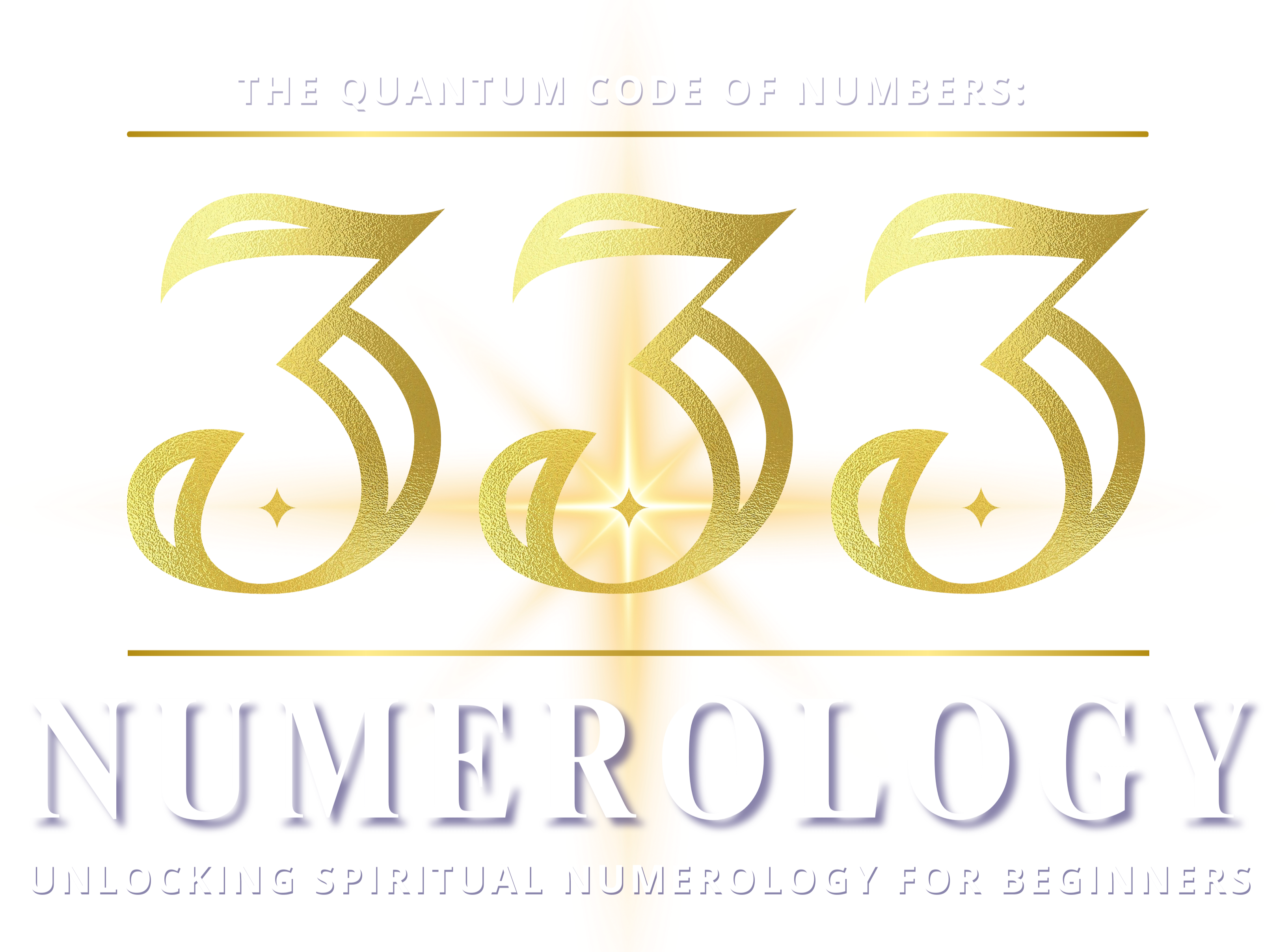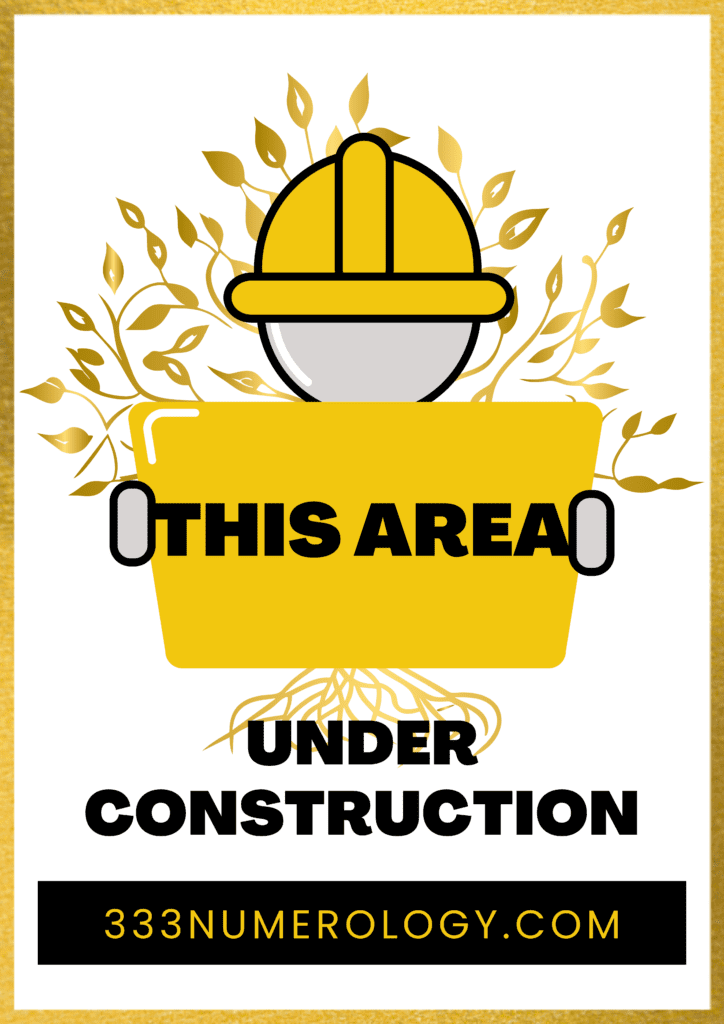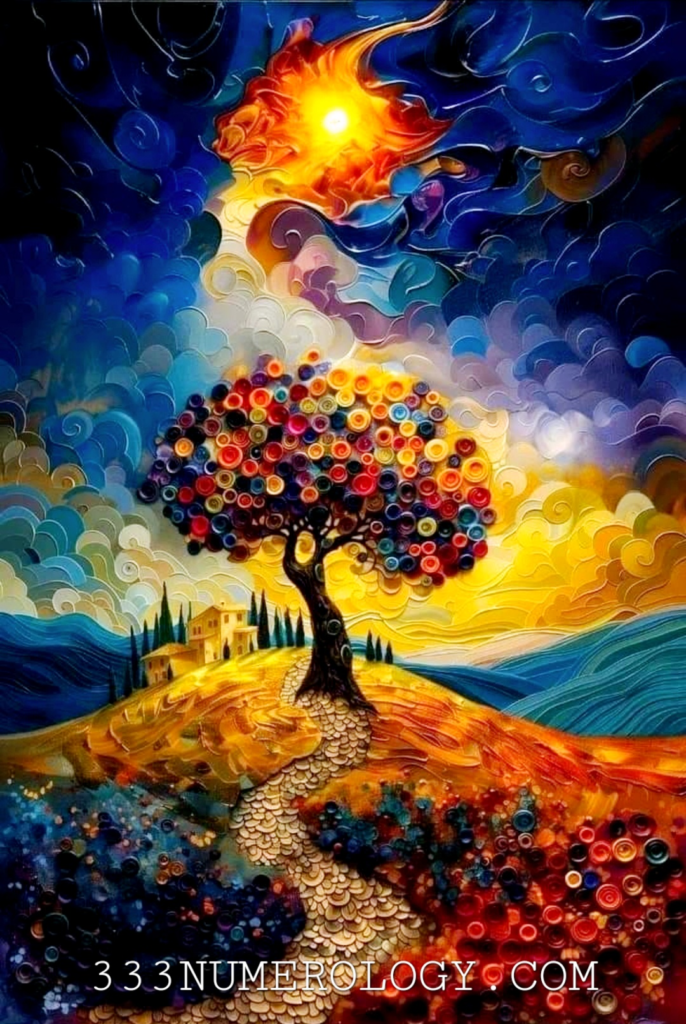Numerology as a Language Art: Exploring the Symbolic and Communicative Power of Numbers
Numerology, the study of numbers and their esoteric meanings, has long fascinated cultures around the world. While numbers are typically associated with mathematics, calculation, and logic, numerology interprets numbers as a form of symbolic language—a language art that communicates deeper truths about the universe and the self. Through this symbolic framework, numbers are believed to reveal insights about personality, life paths, and the underlying patterns that shape reality. In this article, we explore numerology as a language art, investigating its historical roots, theories, and symbolic potential, supported by academic perspectives and numerological traditions.
Numerology as a Language: Historical and Symbolic Roots
Numerology, like other language arts, relies on symbols to convey meaning. Rather than using letters, sounds, or syntax, numerology assigns meaning to numbers based on ancient cultural beliefs and mystical traditions. Pythagoras, the ancient Greek mathematician and philosopher, is often credited as one of the early pioneers of numerology. He believed that numbers were not only the building blocks of mathematics but also keys to understanding cosmic harmony and individual fate. In Pythagorean thought, numbers embodied specific vibrational qualities, with each number corresponding to a unique spiritual or metaphysical concept (Guthrie, 1988).
Similarly, in Kabbalah, the Jewish mystical tradition, each letter of the Hebrew alphabet is associated with a numerical value, creating a language where words and numbers are interchangeable. This practice, known as gematria, interprets words with the same numerical value as having interconnected or hidden meanings (Scholem, 1996). In both Pythagorean and Kabbalistic traditions, numbers go beyond their quantitative function and become symbols with intrinsic spiritual meanings, suggesting that numbers can serve as a language through which the universe communicates with us.

In both Pythagorean and Kabbalistic traditions, numbers go beyond their quantitative function and become symbols with intrinsic spiritual meanings, suggesting that numbers can serve as a language through which the universe communicates with us.
The Language of Numbers: Interpreting Symbols and Patterns
Like any language, numerology relies on a structured set of symbols, rules, and interpretations to convey meaning. Each number in numerology, from 1 to 9, and sometimes including master numbers like 11, 22, and 33, is associated with specific attributes. For instance, the number 1 often represents new beginnings, individuality, and leadership, while the number 7 is linked to introspection, spirituality, and wisdom (Faith Javane & Bunker, 1979).
Numerology assigns meaning to numbers in various ways, often using:
- Life Path Numbers: Calculated based on one’s birth date, the Life Path number is thought to reveal core traits, talents, and life purpose.
- Expression Numbers: Derived from the full name at birth, the Expression number indicates innate abilities and potential.
- Personal Year Cycles: Based on the current year, these cycles help numerologists interpret personal growth opportunities and challenges.
Each of these numbers is read symbolically, creating a personal “numerology chart” that acts like a language profile, revealing the person’s traits, life lessons, and destiny. By analyzing patterns within these numbers, numerologists believe that they can “read” individuals, much as a linguist reads and interprets language patterns. Numerologist Hans Decoz explains, “Numbers are symbols that, when understood, reveal a person’s life’s journey and purpose” (Decoz, 2001). This perspective underscores numerology’s function as a language—a method of interpreting and conveying information about the self and reality.
Theoretical Support: Numerology as a Language Art
Psychologists and linguists have explored how symbolism and language influence human perception and understanding. Carl Jung, the famous Swiss psychologist, proposed that numbers have archetypal significance in the human psyche. He argued that numbers represent primordial images that hold deep psychological meaning, making them a natural language of the unconscious mind (Jung, 1967). Jung’s concept of archetypes and the collective unconscious provides a theoretical basis for numerology’s symbolic approach, suggesting that numbers, like words or images, can tap into universal truths.
Numerology also functions as a form of “semiotics,” the study of signs and symbols, according to philosopher Umberto Eco. In semiotics, symbols derive meaning through shared cultural associations and patterns, making numerology a symbolic language that relies on collective belief and cultural tradition (Eco, 1976). Just as language is a construct that conveys meaning through an agreed-upon system of words and grammar, numerology communicates meaning through a set of numerical symbols that have been culturally and historically assigned significance.
Numerology and Quantum Mechanics: Numbers as a Bridge to Reality
Some theorists suggest that numerology could be understood through the lens of quantum mechanics (our position at 333 Numerology), which reveals that numbers play an intrinsic role in the structure of reality. Quantum mechanics shows that reality operates on a foundation of mathematical patterns, which can be seen as a form of communication from the fabric of the universe itself. Numbers, according to quantum theorist David Bohm, are integral to understanding the “implicate order” of reality, an underlying layer of interconnectedness from which physical phenomena emerge (Bohm, 1980).
From this viewpoint, numerology’s interpretations may reveal hidden patterns within the quantum field, aligning with the language-like nature of numbers. While quantum mechanics and numerology are distinct fields, they share a fascination with numbers as symbols that provide insights into the hidden order of existence. Although this link remains speculative, it suggests that numbers might serve as a “universal language” with both scientific and metaphysical applications.

Quantum mechanics shows that reality operates on a foundation of mathematical patterns, which can be seen as a form of communication from the fabric of the universe itself.
The Limitations of Numerology as a Language
Despite its symbolic richness, numerology remains a controversial field. Unlike linguistic symbols, which are backed by systematic rules and cultural acceptance, numerology lacks empirical support and a standardized framework. Linguistic meaning is derived from shared social constructs, whereas numerology’s meanings are often based on mystical beliefs. This ambiguity has led many skeptics to dismiss numerology as pseudoscience, questioning its validity as a language (Shermer, 1997).
While numbers in numerology are said to reveal aspects of personality and fate, the lack of scientific evidence leaves the field open to interpretation, much like a work of art rather than a precise language. Critics argue that numerology may rely on cognitive biases, such as confirmation bias, where individuals seek interpretations that align with their beliefs or desires (Nickerson, 1998). Nevertheless, for those who resonate with its teachings, numerology remains a meaningful symbolic framework—a subjective but powerful language art.
The Connection Between Numerology and Self-Understanding
One of the most compelling aspects of numerology as a language art is its potential to foster self-reflection and personal growth. By interpreting numbers symbolically, individuals can gain insights into their strengths, challenges, and life purpose. Just as reading literature provides deeper understanding of human experience, studying numerology offers a lens through which people can reflect on their lives in new ways.
Psychologist Viktor Frankl suggested that finding meaning is an essential part of human life, and numerology provides a framework for exploring that meaning (Frankl, 1985). Whether or not one believes in its predictive power, numerology invites a creative exploration of self through numbers, transforming them into tools for personal insight and reflection. In this way, numerology can be seen as a language art, encouraging individuals to “read” their own life story and understand their place in the universe.
Conclusion: Numerology as a Symbolic Language of the Universe
Numerology, when viewed as a language art, takes numbers beyond their mathematical function and reinterprets them as symbols with profound meaning. This practice, rooted in ancient traditions and interpreted through theories of psychology, semiotics, and even quantum mechanics, transforms numbers into a form of symbolic communication. For believers, numerology provides a means of deciphering life’s mysteries, uncovering personal insights, and connecting with the cosmos. While it lacks empirical support, numerology continues to fascinate as a unique language that speaks to the human desire for meaning, identity, and connection.
Works Cited
- Bohm, D. (1980). Wholeness and the Implicate Order. Routledge.
- Decoz, H. (2001). Numerology: Key to Your Inner Self. The Career Press.
- Eco, U. (1976). A Theory of Semiotics. Indiana University Press.
- Faith Javane, & Bunker, D. (1979). Numerology and the Divine Triangle. Schiffer Publishing.
- Frankl, V. E. (1985). Man’s Search for Meaning. Washington Square Press.
- Guthrie, K. S. (1988). The Pythagorean Sourcebook and Library. Phanes Press.
- Jung, C. G. (1967). Alchemical Studies. Princeton University Press.
- Nickerson, R. S. (1998). “Confirmation Bias: A Ubiquitous Phenomenon in Many Guises.” Review of General Psychology, vol. 2, no. 2, pp. 175–220.
- Scholem, G. (1996). Kabbalah. Meridian.
- Shermer, M. (1997). Why People Believe Weird Things: Pseudoscience, Superstition, and Other Confusions of Our Time. W.H. Freeman.






